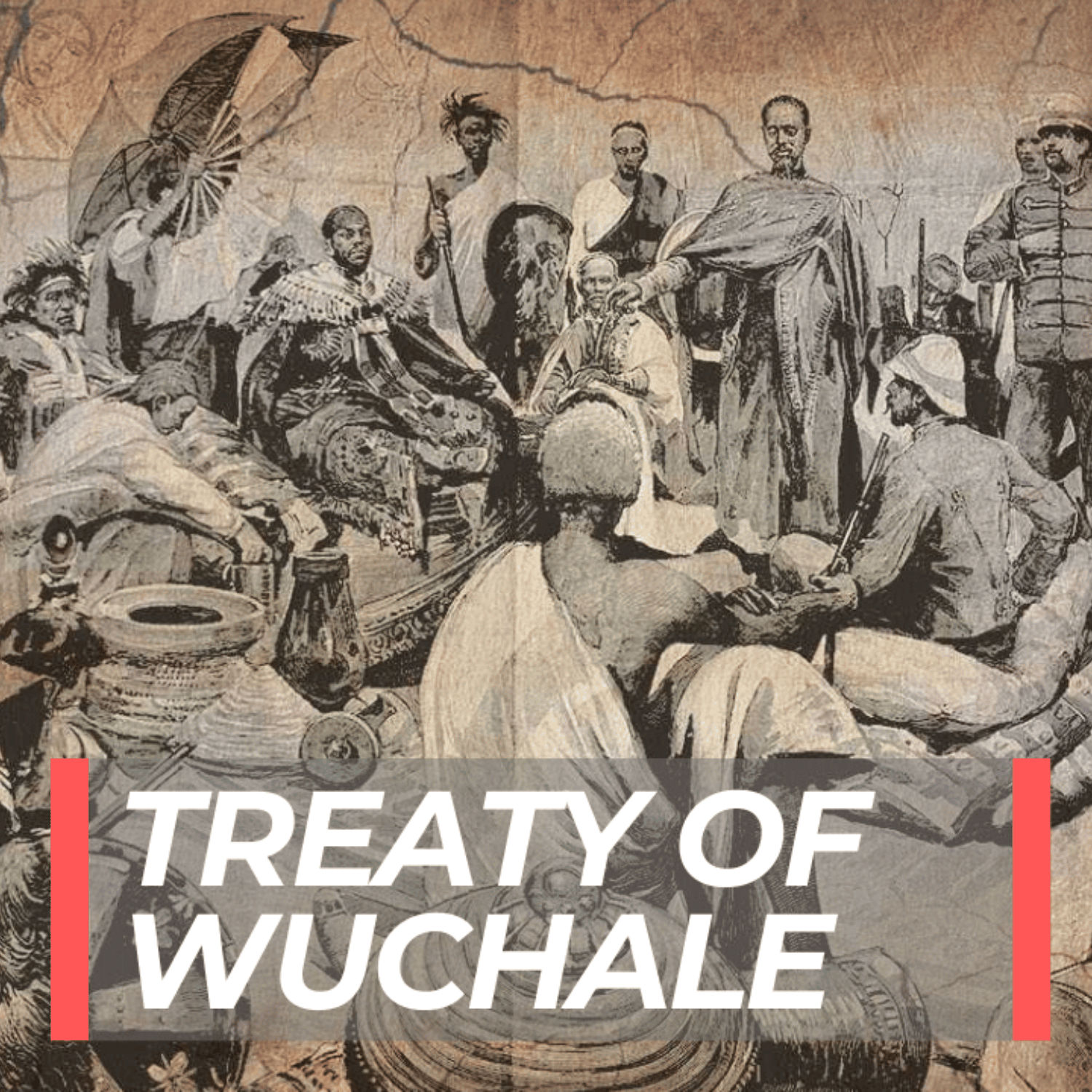The Treaty of Wuchale, signed on May 2, 1889, between Emperor Menelik II of Ethiopia and Count Pietro Antonelli of Italy, was intended to foster peace, trade, and diplomatic cooperation. With twenty articles written in both Amharic and Italian, the treaty outlined mutual rights, regional boundaries, trade agreements, and consular relations. However, a critical mistranslation in Article 17 led to a diplomatic crisis. The Amharic version allowed Ethiopia to choose whether to conduct foreign affairs through Italy, while the Italian version claimed Ethiopia was obligated to do so—implying it had become an Italian protectorate. This discrepancy led to growing tensions as Italy notified European powers of its supposed protectorate over Ethiopia. Emperor Menelik II, however, rejected this interpretation and, in 1894, formally denounced the treaty. In response, Italy launched an invasion of Ethiopia, leading to the First Italo-Ethiopian War. The conflict culminated in the historic Ethiopian victory at the Battle of Adwa in 1896, which preserved the nation’s independence and forced Italy to sign the Treaty of Addis Ababa. The Treaty of Wuchale remains a defining moment in Ethiopian resistance to colonialism.
